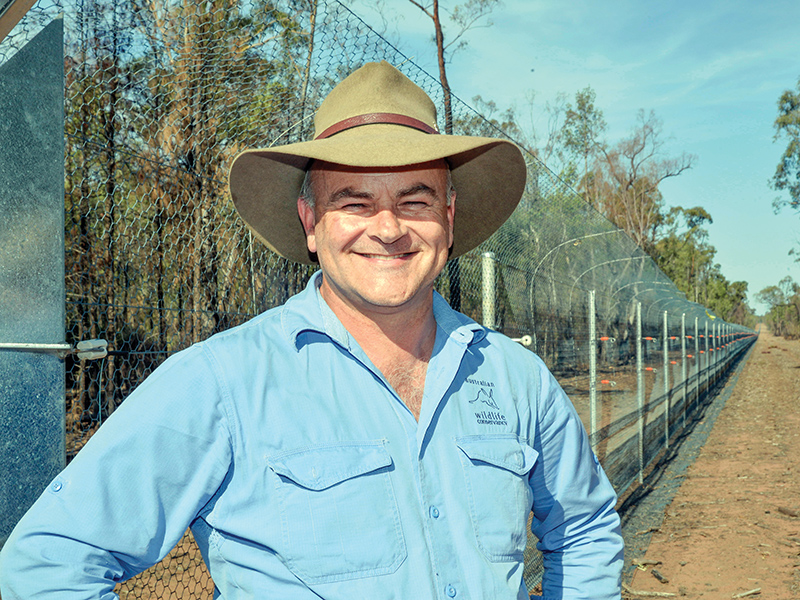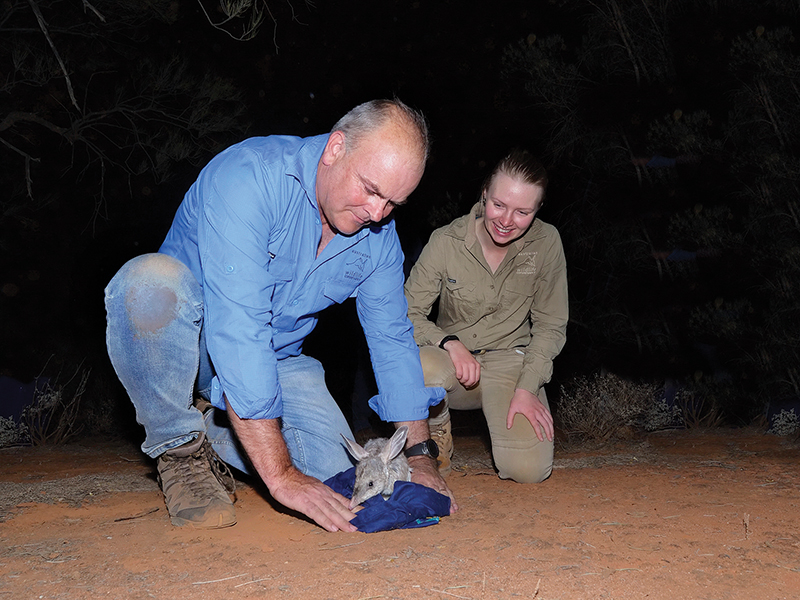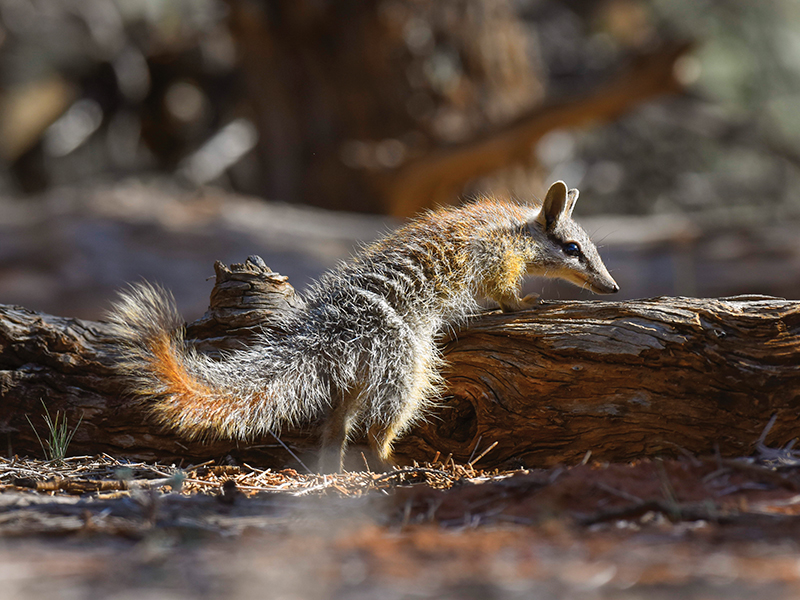
Private land manager profile: Tim Allard
Tuesday, 30 June 2020Tim Allard
CEO, Australian Wildlife Conservancy (AWC)
Tell us about your organisation
AWC is a national not-for-profit organisation, with a mission to effectively conserve Australian wildlife and their habitats. We currently manage –
alone or in partnership – 6.6 million hectares across 30 locations. In addition to employing a large ecological and land management team, we also collaborate
with a range of government agencies, Indigenous groups and other conservation groups to deliver our mission.
We are leading the reintroduction of threatened mammals to sites within their former ranges, with active programs at 10 sites, including seven fenced
feral predator-free areas and one island. These sites currently support a dozen nationally threatened mammals, with additional species to be added
to our network in the next few years.
While we own most properties we manage, we also deliver land management, reintroductions and science programs for other groups, such as the Department
of Defence and national parks agencies. We have also partnered with Dambimangari and Wilinggin Aboriginal Corporations to conduct joint land management
and
science programs in the Kimberley.
We collaborate with other conservation NGOs through the Australia Land Conservation Alliance and in on-ground work.

Tim Allard and Grace Hornstra releasing a bilby. Image: Wayne Lawler/AWC
What Threatened Species Recovery Hub research have you been involved in?
I am a member of the hub Steering Committee, helping provide oversight to the research program. AWC is also a formal partner in the hub, the only non-university
partner, reflecting our significant science capacity.
A key feature of AWC is our investment in science – at present, we employ 60 qualified ecologists to provide the information base to inform conservation
management on our properties. Our ecologists work with our land managers to deliver conservation programs, helping design, implement and report on
fire management, weed and feral animal control, and reintroduction and restoration projects.
Australia’s wildlife is part of our national identity, important to all of us, with a particular meaning for our Indigenous people. It is critical
that, as a nation, we reverse the tide of extinctions that has affected our wildlife. This requires developing our understanding of the factors that
drive species decline and ways to mitigate these threats. AWC’s research projects in the hub aim to provide information to improve the outcomes of
reintroductions, and to improve control of feral cats and foxes, with the ultimate goal of allowing reintroduction of threatened species outside fenced
areas into the wider landscape.
We also host a number of other hub researchers studying threatened species across our site network.

A numbat. Image: Wayne Lawler/AWC
Benefits of the collaboration
While AWC invests heavily in science, we are nevertheless constrained by our capacity in relation to the size of the challenge. Reversing the tide
of extinctions requires a massive national effort, partnering high-quality science with dedicated conservation management. AWC’s involvement in the
hub has given us access to a diversity of expertise in many fields relevant to conservation, from genetics and statistics through to thermoregulation
and drones with thermal cameras. It has also been valuable for our ecologists to collaborate on research projects with the broader scientific community,
while focused on the common objective of saving Australia’s wildlife.
Top image: Tim Allard at the feral predator-proof fence built in the Pilliga Conservation Area in a partnership between AWC and the New South Wales Government. Image:: Wayne Lawler/AWC